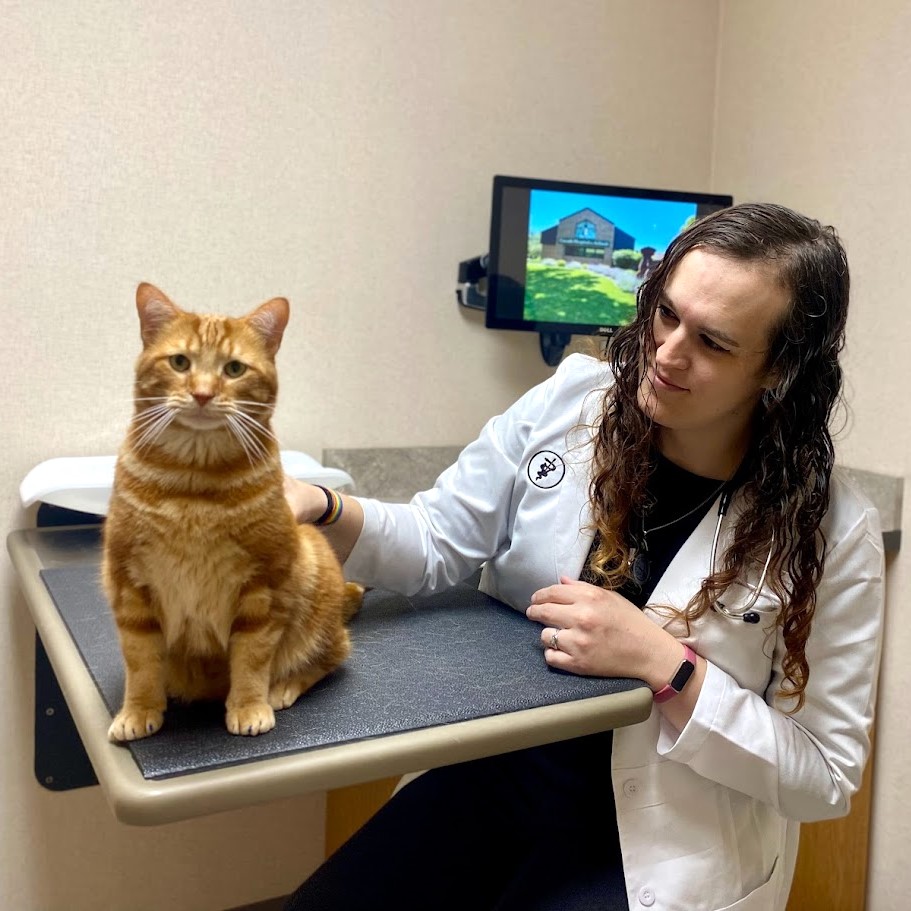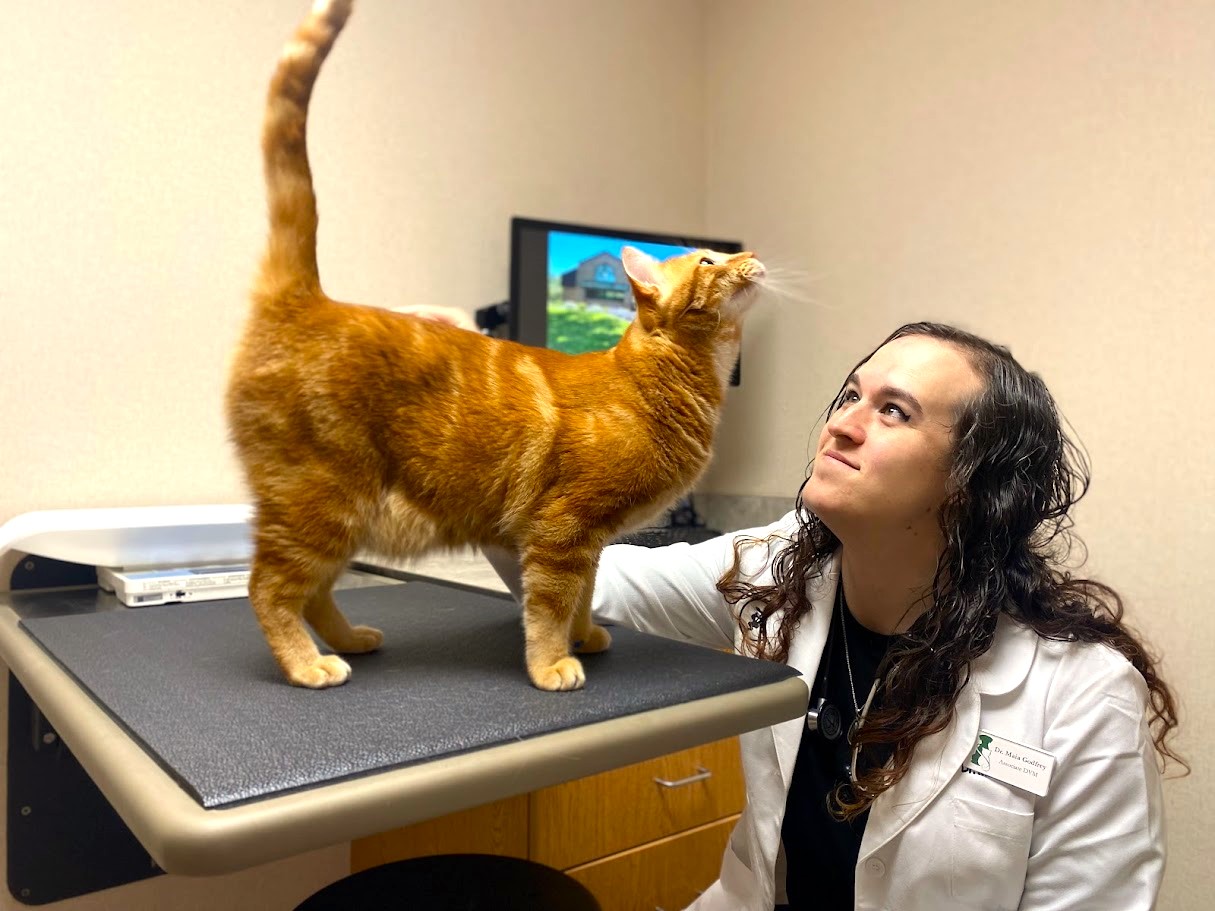
Inappropriate Litter Box Behavior in Cats: Creating a Purr-fect Environment
Cats are known for their independent and fastidious nature, but even the most well-behaved feline friends can exhibit inappropriate litter box behavior if their needs aren't met. As a responsible cat owner, it's essential to create a conducive environment that encourages proper litter box habits. Dr. Maia Godfrey of CHFA shares some tips to avoid common pitfalls and ensure your cat's litter box experience is nothing short of purr-fect.
Choose the Right Litter Box:
The foundation of a positive litter box experience begins with the right choice of litter box. Dr. Godfrey recommends a high-sided, wide box that provides ample space for a cat to turn around comfortably. Whether enclosed or open, the key is to ensure a wide opening with no barriers, accommodating your cat's preferences.
If you have an older or arthritic cat, she suggests a box with at least one easily accessed low side. This prevents unnecessary strain on their joints, ensuring they can enter and exit the box without discomfort.
Adhere to the One-Plus-One Rule:
When asked how many litter boxes should be in a home with cats, Dr Godfrey says, “the general rule is one more litter box than you have of cats.”
Experts often recommend a practical rule of thumb when it comes to managing the litter boxes in a multi-cat household: maintain one more litter box than the total number of cats you have. This strategic guideline is designed to create an environment that minimizes competition and potential territorial disputes among your feline companions by providing ample options for their elimination needs. Even if you have just one cat, having more than one litter box is a wise decision that can greatly enhance your feline companion's overall well-being.
Cats, by nature, are territorial creatures, and a single litter box may inadvertently create a sense of competition or discomfort. By providing multiple litter boxes, you offer your cat options, reducing the likelihood of stress or territorial disputes. Additionally, different locations and types of litter boxes cater to your cat's individual preferences, promoting a positive litter box experience. Moreover, having more than one box ensures accessibility and convenience, preventing potential issues that may arise if a single box becomes temporarily inaccessible or unappealing. Ultimately, investing in multiple litter boxes, even for a solo cat household, reflects a thoughtful consideration of their instincts and contributes to a more content and relaxed feline companion.

Strategic Placement of Litter Boxes:
Litter box placement plays a crucial role in preventing inappropriate behavior. We recommend distributing the litter boxes in multiple locations throughout your home, especially in areas where your cat already spends time. Avoid placing litter boxes near loud appliances or in high-traffic, stressful areas. Cats prefer quiet, easily accessible locations, so take note of their favorite spots and consider putting the litter boxes nearby.
Maintain a Clean Environment:
Cleanliness is paramount when it comes to litter box success. Aim to clean the litter box daily whenever possible. Cats are more likely to avoid a dirty box, and a consistently clean environment promotes good litter box habits. Use a cat-friendly litter that your pet prefers, and consider scooping waste at least once a day to keep the box inviting.
Identify and Address Underlying Issues:
Inappropriate litter box behavior can be a sign of other issues. “Many things can cause abnormal litter box behavior, including stress, illness, and joint pain. If all of the recommendations are followed and there are still issues at home, your cat should be evaluated by your veterinarian.” If a cat is unwell or experiencing discomfort, it may choose not to utilize the litter box so professional assessment is always your best option. Regular veterinary check-ups can help identify and address health issues early, preventing them from manifesting as behavioral problems.
Case Study: The Impact of Environment on Litter Box Habits
The experiences of some cats highlight the importance of considering the environment. Dr. Godfrey shares, “I have had patients who were not doing well using their litter boxes until we found out the litter boxes were kept in the basement near the washer and dryer. Once we moved them to somewhere quiet and closer to where they slept, their habits improved immensely.”
This underscores the need to pay attention to your cat's environment and make adjustments accordingly.
Conclusion:
Creating a positive litter box environment for your cat involves thoughtful consideration of their preferences and needs. By choosing the right litter box, strategically placing them, maintaining cleanliness, and addressing any underlying issues, you can ensure your feline companion develops and maintains proper litter box habits. Remember, a happy cat is a cat with a well-managed and inviting litter box and will prevent inappropriate litter box behavior
If you have any concerns or questions about your cat's litter box behavior, contact us today! Our staff here in West Michigan either at our Breton Village or Cascade location are happy to help!



